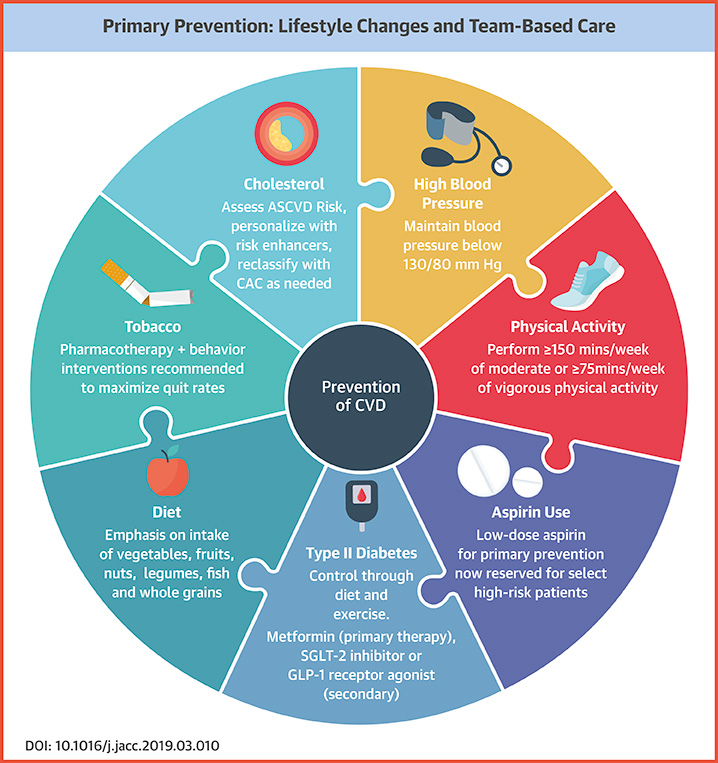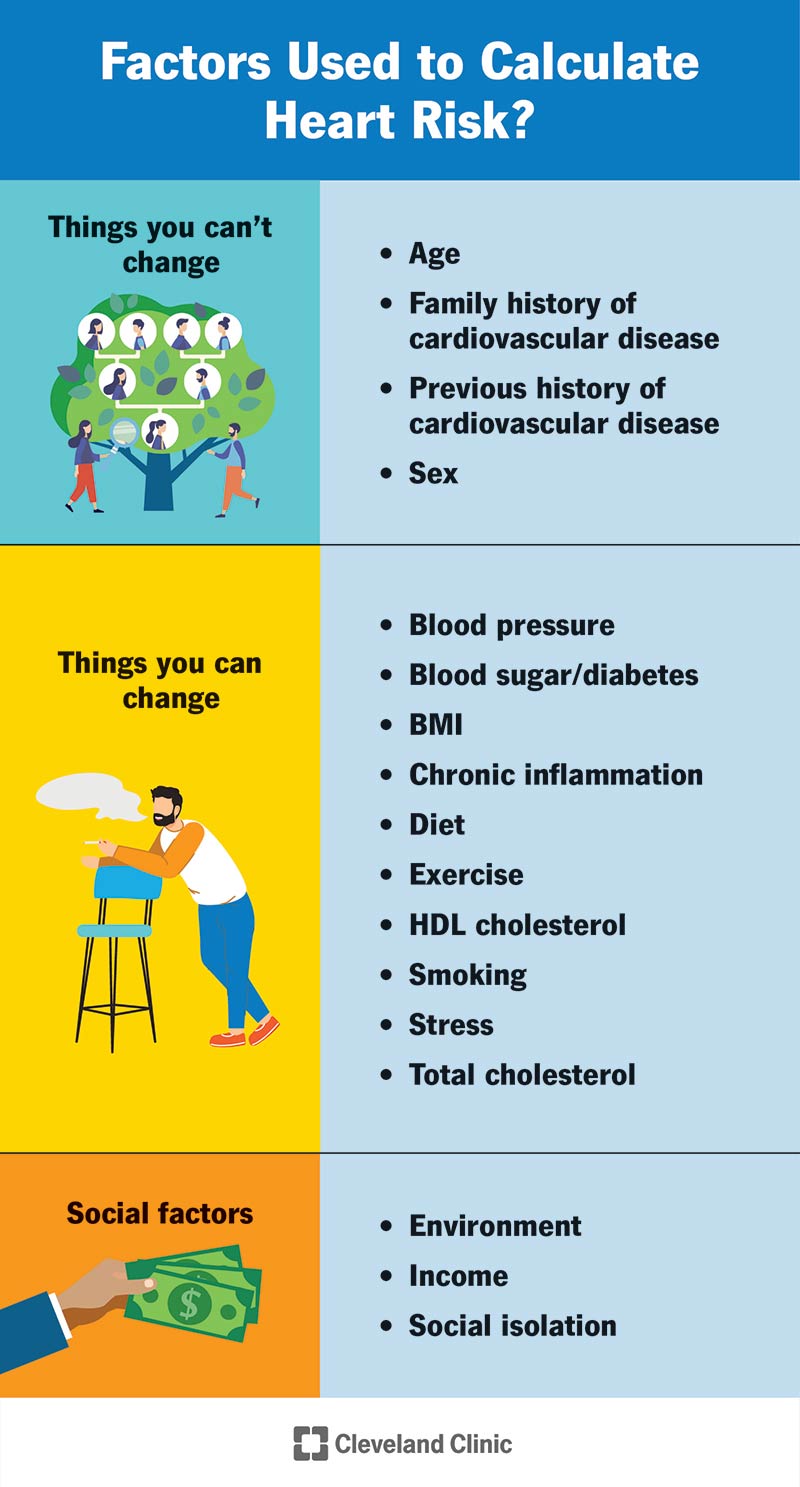How to Prevent Heart Disease in Middle Age

How to Prevent Heart Disease in Middle Age
As we enter middle age, our risk for heart disease increases significantly. However, with the right lifestyle changes and awareness, it’s entirely possible to reduce this risk and maintain a healthy heart. This article is designed to provide practical advice and insights tailored specifically for middle-aged individuals in the United States.

Understanding Heart Disease
Heart disease, also known as cardiovascular disease, encompasses conditions that affect the heart and blood vessels. It is a leading cause of death worldwide and can manifest in various forms, including heart attacks, strokes, and heart failure. Factors such as age, genetics, lifestyle, and existing health conditions contribute to the risk of developing heart disease.

Key Statistics:
-
Risk by Age: The risk of heart disease increases with age. The average age for a first heart attack is about 65.5 years for men and 72 years for women, but risks can start rising in middle age .4.
-
Prevalence: Heart disease prevalence increases with age, affecting about 3.6% of adults aged 45-54 and 9.0% of those aged 55-64 .14.
-
Future Projections: By 2050, approximately 61% of U.S. adults are projected to have cardiovascular disease, driven by factors like an aging population and lifestyle choices .2.

Lifestyle Changes to Prevent Heart Disease
Preventing heart disease involves making conscious lifestyle choices that promote overall health and well-being. Here are some actionable tips tailored for middle-aged individuals:

1. Maintain a Healthy Diet
-
Focus on Nutrient-Rich Foods: Include plenty of fruits, vegetables, whole grains, lean proteins, and healthy fats in your diet. Foods like nuts have been shown to reduce cardiovascular risk .10.
-
Limit Unhealthy Fats: Avoid saturated and trans fats found in processed foods and red meats. Opt for unsaturated fats like those in olive oil and avocados .6.
-
Stay Hydrated: Drink plenty of water throughout the day to help maintain blood pressure and overall health.

2. Exercise Regularly
-
Aim for 150 Minutes of Moderate Exercise: Engage in at least 30 minutes of moderate-intensity exercise, such as brisk walking, five days a week .11.
-
Incorporate Strength Training: Include strength training exercises two to three times a week to improve muscle mass and metabolism.
-
Find Activities You Enjoy: Whether it’s walking, jogging, cycling, or swimming, choose exercises that you enjoy to ensure consistency.

3. Manage Stress
-
Practice Mindfulness: Engage in mindfulness practices like meditation or yoga to reduce stress levels.
-
Set Realistic Goals: Prioritize tasks and set achievable goals to manage work and personal life stress.
-
Seek Support: Connect with friends, family, or a therapist if stress becomes overwhelming.

4. Monitor and Manage Health Metrics
-
Blood Pressure: Regularly check your blood pressure and work with your healthcare provider to manage it if it’s high.
-
Cholesterol Levels: Monitor your cholesterol levels and adjust your diet or medication as needed.
-
Blood Sugar: If you have diabetes, manage your blood sugar levels through diet, exercise, and medication.
:max_bytes(150000):strip_icc()/african-american-doctor-checking-senior-man-s-blood-pressure-482145125-5956bbb93df78c4eb67c837e.jpg)
5. Quit Smoking and Limit Alcohol
-
Quit Smoking: Smoking significantly increases heart disease risk. Seek help from a healthcare provider or support groups to quit.
-
Limit Alcohol: While moderate alcohol consumption may have some benefits, excessive drinking can increase heart disease risk.
6. Get Enough Sleep
-
Aim for 7-8 Hours: Ensure you get adequate sleep each night to help regulate stress hormones and support overall health.
:max_bytes(150000):strip_icc()/GettyImages-1388450667-861f5ee77ee842c091f9eebff2ddc492.jpg)
7. Stay Connected and Engaged
-
Social Support: Maintain strong social connections with family and friends to reduce stress and improve mental health.
-
Engage in Hobbies: Pursue hobbies or activities that bring joy and fulfillment.

Understanding Risk Factors
While lifestyle changes are crucial, understanding your personal risk factors is equally important. Here are some key risk factors to consider:
-
Age and Gender: Men are generally at higher risk than women until menopause, after which the risk for women increases .4.
-
Family History: If your parents or siblings have had heart disease, your risk may be higher.
-
Ethnicity: Certain ethnic groups, such as African Americans, are at higher risk due to socioeconomic factors and access to healthcare .4.
-
Existing Health Conditions: Conditions like diabetes, high blood pressure, and high cholesterol increase your risk.

How to Assess Your Risk
Assessing your risk involves understanding your health metrics and lifestyle. Here are some steps to take:
-
Consult Your Healthcare Provider: Discuss your family history, lifestyle, and health metrics with your doctor.
-
Get Regular Check-Ups: Regular health check-ups can help identify potential issues early.
-
Use Risk Assessment Tools: Tools like the Astro-CHARM score can help predict your risk of atherosclerotic cardiovascular disease .3.
Creating a Personalized Plan
Developing a personalized plan to prevent heart disease involves setting realistic goals and tracking progress. Here’s how to start:
-
Set Specific Goals: Identify specific changes you want to make, such as increasing exercise or improving your diet.
-
Create an Action Plan: Break down large goals into smaller, achievable steps.
-
Track Progress: Use a journal or app to track your progress and stay motivated.
![]()
Conclusion
Preventing heart disease in middle age requires a combination of lifestyle changes, awareness of risk factors, and regular health monitoring. By incorporating healthy habits into your daily routine and staying informed about your health, you can significantly reduce your risk of heart disease and maintain a healthy heart for years to come.

Additional Resources
-
American Heart Association (AHA): Offers comprehensive resources on heart health, including dietary advice and exercise recommendations.
-
National Heart, Lung, and Blood Institute (NHLBI): Provides detailed information on heart disease prevention and management.
-
Local Health Services: Engage with local healthcare providers for personalized advice and support.
By taking proactive steps towards heart health, you can ensure a healthier, happier life in middle age and beyond.










